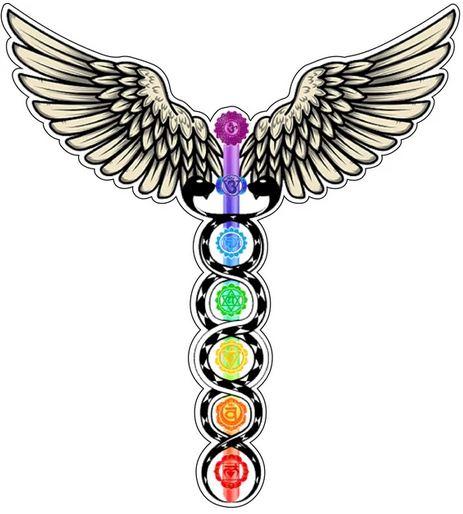Sirens

The Sirens
Mythology / Literature / Symbolism
Definition:
The Sirens are mythical creatures from Greek mythology known for their enchanting song, which lured sailors to their deaths. They were originally depicted as beings that were half woman, half bird, though later tradition transformed them into seductive mermaid-like figures. They symbolize temptation, danger, illusion, and destruction.
Mythological Origins:
-
First mentioned in Homer’s Odyssey: Odysseus resists their song by having himself tied to the mast and his crew block their ears with wax.
-
The Sirens lived on an isolated island surrounded by the remains of their victims.
-
Later authors like Ovid and Apollonius of Rhodes expanded their lore.
Depictions and Evolution:
-
Originally: Hybrid beings with bird bodies and female faces or torsos
-
Later: Reimagined as mermaid-like temptresses, especially in medieval and modern European art
-
Represent the dangers of seductive beauty and forbidden knowledge
Symbolism and Interpretation:
-
The lure of the unattainable – their song as a metaphor for illusion or self-destruction
-
In psychoanalysis, they embody the archetype of fatal attraction
-
In literature, often symbols of artistic, erotic, or ideological temptation
In Art and Culture:
-
A recurring theme in poetry, opera, painting, and film
-
Modern portrayals often show sirens as beautiful but deadly sea creatures (e.g., Pirates of the Caribbean, The Lighthouse)
-
Reinterpreted in feminist theory as symbols of female power and autonomy
Links:





